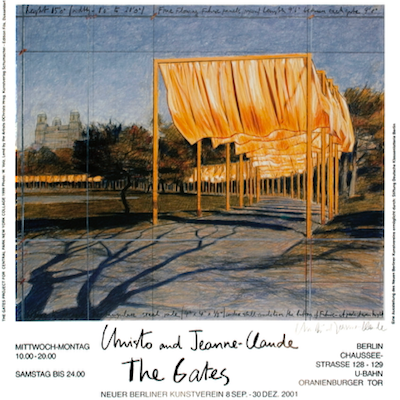
Details
Artist
Styles
Etching, aquatint and collage // Manolo Valdés' La Donna Italiana (Helene), created in 2005, is a limited edition print combining etching, aquatint, and collage. This piece showcases Valdés’ distinctive style of merging classical and contemporary elements. The artwork depicts an abstracted female figure with an ornate, patterned headpiece that contrasts against the flat, earthy background. The use of black and white for the body creates a stark, almost ghostly silhouette. The textured collage elements introduce a tactile dimension, suggesting a blend of history and modernity that characterizes Valdés' work. The elegance and simplicity in form, coupled with intricate patterns, create a powerful visual impact.
La Donna Italiana (Helene), 2005
form
Medium
Size
63.5 x 45.5 cm
- Inches
- Centimeters
Edition
Price
- USD
- EUR
- GBP
Details
Artist
Styles
Etching, aquatint and collage // Manolo Valdés' La Donna Italiana (Helene), created in 2005, is a limited edition print combining etching, aquatint, and collage. This piece showcases Valdés’ distinctive style of merging classical and contemporary elements. The artwork depicts an abstracted female figure with an ornate, patterned headpiece that contrasts against the flat, earthy background. The use of black and white for the body creates a stark, almost ghostly silhouette. The textured collage elements introduce a tactile dimension, suggesting a blend of history and modernity that characterizes Valdés' work. The elegance and simplicity in form, coupled with intricate patterns, create a powerful visual impact.
- Recently Added
- Price (low-high )
- Price (high-low )
- Year (low-high )
- Year (high-low )
Manolo Valdés
Dama Con Sombrero (Pamela I), 2013
Limited Edition Print
Collage
Currently Not Available
Manolo Valdés
Botticelli Como Pretexto III, 1996
Limited Edition Print
Mixed Media
Currently Not Available
What is site specific art?
Site-Specific Art is a form of artwork created to exist in a particular location, with the artist considering the site as an integral part of the creative process. Robert Irwin was a key figure in promoting this art form in California. Site-Specific Art emerged as a reaction against modernist objects, which were often portable, commodified, and confined to museum spaces. In contrast, Site-Specific Art is inherently tied to its location, challenging the traditional notions of art as a transportable and marketable commodity.





























